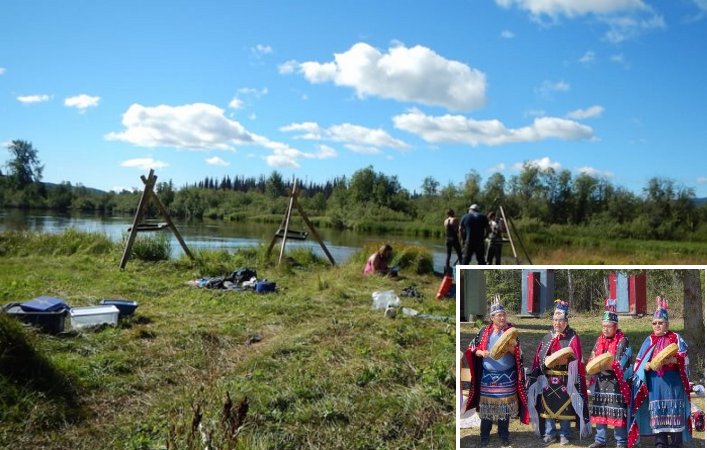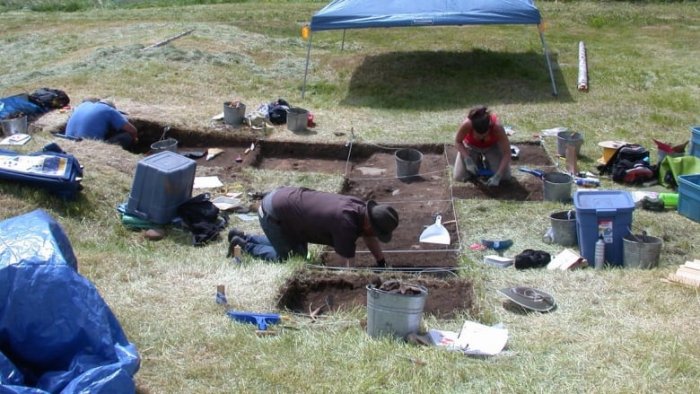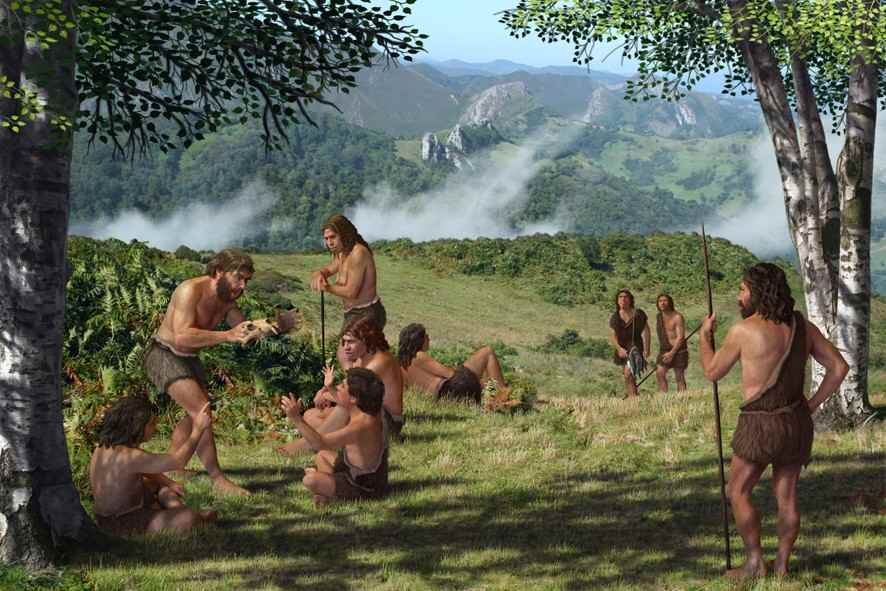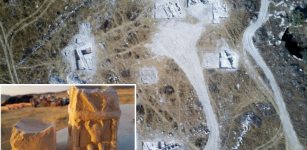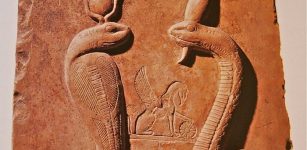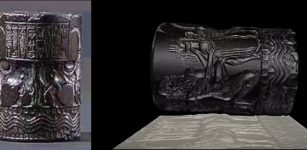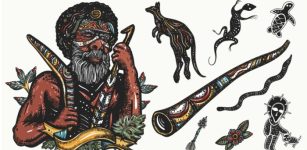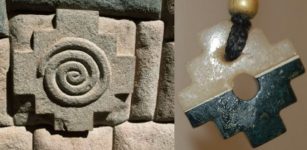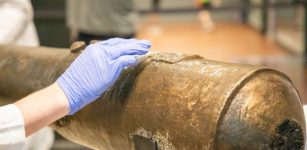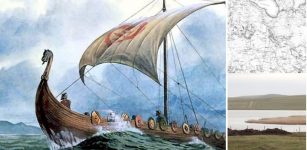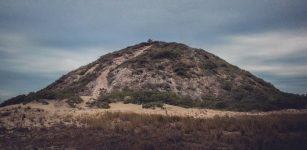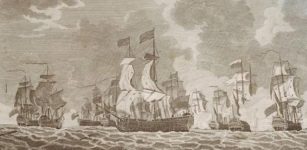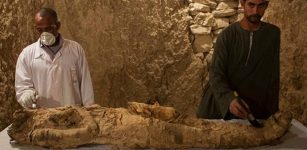Ancient Oral History Of Lake Babine First Nation Confirmed By Archaeologists
Conny Waters - AncientPages.com - People of the First Nation in British Columbia have a great reason to celebrate. Some years ago, they asked archaeologists to confirm their ancient oral history which was once passed down through generations but had been fragmented during colonization.
Scientists excavating around Lake Babine have now made interesting discoveries that can answer many question Indigenous communities had. If they had doubts before, it can be said with certainty that their ancestors’ stories are based on real events.
Large image: Excavation and screening on Smokehouse Island on the Babine River. Credit: Farid Rahemtulla
Small image: Lake Babine Nation - lakebabine.com
The Lake Babine First Nation is located about 220 kilometers west of Prince George.
Some of the findings made in the region date back at least 1,300 years.
“Researchers focused on finding remains of villages and fishing weirs around Lake Babine, a 150-kilometre long lake north of Burns Lake, “ CBC reports.
Based on what archaeologists have found so far it appears as if the villages were quite large. People stayed there for some months in the summer and fall to harvest salmon and preserve the fish for the winter.
The findings are consistent with the oral history of the Lake Babine First Nation. It is said that before Europeans arrived, there were several villages on the lake’s shores. Ancestors of the First Nation use to fish salmon there.
In an interview with Daybreak North, project director and archeologist Farid Rahemtulla explained that people who lived here were technologically advanced and researchers are now trying to determine how their complex wood fish weirs were constructed.
Archaeologists excavate a longhouse depression at Nass Glee Village at the north end of Babine Lake in northern B.C. The boundaries of the ancient village have yet to be found. Credit: Farid Rahemtulla
“One village called Nass Glee, near Fort Babine on the northern reach of the lake, is so large that archaeologists have yet to find its boundaries. Because of its size, Rahemtulla said the only way it could have been sustained would have been by fish caught using the wooden weirs. Researchers are planning to head back to the region in the summer to focus on a man-made island engineered 1,000 years ago using stone tools, CBS reports.
“As far as I know is might be the only one in the world,” Rahemtulla says.
As previously reported on Ancient Pages, in 2016, archaeologists excavating in British Columbia, Canada discovered evidence that as early as 1,800 BC, ancestors of the Katzie First Nation in B.C.’s Lower Mainland were engineering the wetland environment to increase the yield of a valuable, semi-aquatic plant known as a wapato, or ‘Indian potato’.
In 2016, archaeologists uncovered what could be the world’s oldest surviving garden, built by ancestors of the Katzie First Nation. Image credit: Katzie Development Limited Partnership - Read more
This 3,800-year-old wetland-gardening could be the world’s oldest surviving garden and this intriguing discovery offers first archaeological evidence of the cultivation of wild plants in the Pacific Northwest.
As our knowledge of the people of the First nation increases it becomes clear they were clever, resourceful, and could easily adapt to required changes. The knowledge of the First Nation in British Columbia opens a new and interesting chapter in our history books.
Written by Conny Waters – AncientPages.com Staff Writer

